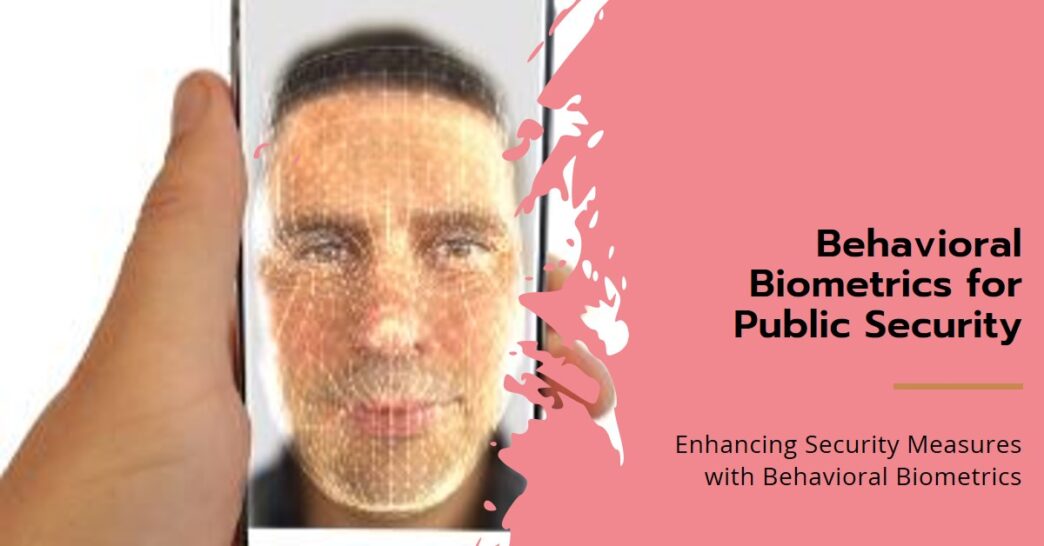
How Can Biometrics Improve Security Measures in Public Sectors?
In the contemporary landscape of increasingly complex security challenges, particularly within public sectors, the adoption of advanced technologies has become imperative for enhancing public safety and operational efficiency.
Among these technologies, biometrics stands out as a vital approach that leverages unique biological characteristics for identification and authentication purposes. Biometrics, which includes fingerprint recognition, facial recognition, iris scanning, and voice recognition, holds the potential to revolutionize security measures across various public domains, such as government agencies, law enforcement, healthcare, and public transportation. This essay delineates the mechanisms through which biometrics can improve security measures in public sectors, elaborating on their efficacy in enhancing identification accuracy, streamlining access control, mitigating fraud, and fortifying data protection.
Enhancing Identification Accuracy
One of the most compelling advantages of biometric systems is their ability to enhance identification accuracy. Traditional security measures, such as passwords and identification cards, are susceptible to theft, loss, or unauthorized access, leading to critical vulnerabilities in public security systems. By contrast, biometric systems utilize unique physiological or behavioral traits, which are inherently difficult to replicate or forge. For instance, fingerprint recognition algorithms are engineered to analyze specific ridge patterns and minutiae points, ensuring that the identification process is both precise and reliable.
In law enforcement, for instance, biometrics can significantly expedite the identification of criminal suspects. When integrated with comprehensive databases, biometric systems can match biometric data collected at crime scenes against known databases, thus accelerating the process of apprehending suspects. In emergency response scenarios, accurate identification can mean the difference between life and death, making biometrics an invaluable tool in urgent situations.
Streamlining Access Control
Biometrics can drastically improve access control mechanisms within public sectors, ensuring that only authorized personnel can enter restricted areas or access sensitive information. In government buildings, for example, traditional access control systems that rely on keys, cards, or PINs can be easily bypassed or compromised. Biometric authentication provides a robust alternative, as access permissions can be granted based on unique biometric identifiers.
The deployment of biometric systems enables seamless integration with existing access control frameworks, facilitating efficient monitoring and management of access points. This is particularly crucial in areas where security sensitivity is paramount, such as military installations or governmental data centers. Furthermore, biometrically-controlled access can easily be modified, allowing institutions to promptly revoke access to individuals who may no longer be authorized, thereby enhancing overall security posture.
Mitigating Fraud
Fraudulent activities pose significant threats to public sectors, leading to considerable financial losses and undermining public trust. The implementation of biometric technology serves as a potent deterrent to fraud by ensuring that individuals are authenticated based on their unique biological traits before accessing specific services or benefits. This is particularly relevant in scenarios such as welfare distribution, voter registration, and public healthcare systems.
For example, in the realm of social services, biometric identification can prevent individuals from claiming benefits fraudulently by ensuring that services are provided only to authorized recipients. Similarly, biometric voter registration systems can significantly reduce cases of voter impersonation and ensure the integrity of electoral processes. By minimizing opportunities for fraud, biometrics fortifies public confidence in government operations and upholds the principle of accountability.
Fortifying Data Protection
As public sectors increasingly digitize their operations and store vast amounts of sensitive data, the importance of robust data protection mechanisms cannot be overstated. Biometric authentication introduces a higher level of security when accessing digital records, thereby reducing the risk associated with data breaches. Traditional authentication methods, such as passwords, can be compromised through various means, including phishing and hacking. Biometric identifiers, however, are intrinsically linked to the individual, making unauthorized access exceedingly difficult.
Moreover, biometric data can be encrypted and securely stored, adding an additional layer of protection against potential cyber threats. As public sector entities deal with sensitive information related to national security, public health, and personal identification, the integration of biometric solutions is a proactive step toward ensuring data integrity and confidentiality.
Challenges and Considerations
Despite the numerous advantages biometrics offer in enhancing security measures in public sectors, there are challenges and considerations that must be addressed. Privacy concerns loom large, as individuals may be wary of how their biometric data is collected, stored, and utilized. Transparency and ethical management of biometric data are paramount to maintain public trust. Additionally, the implementation costs, potential biases in biometric algorithms, and the need for comprehensive infrastructure must be contemplated to ensure successful adoption.
Conclusion
In conclusion, biometrics presents a transformative opportunity to enhance security measures within public sectors. By improving identification accuracy, streamlining access control, mitigating fraud, and fortifying data protection, biometric technologies serve as indispensable tools in combating an array of security challenges. As public sectors continue to evolve in the face of modern threats, the responsible and ethical integration of biometrics will not only bolster security measures but also enhance operational efficiency and public confidence in governmental institutions. Emphasizing the importance of a balanced approach that addresses potential challenges will be essential in realizing the full potential of biometrics in enhancing public sector security.













